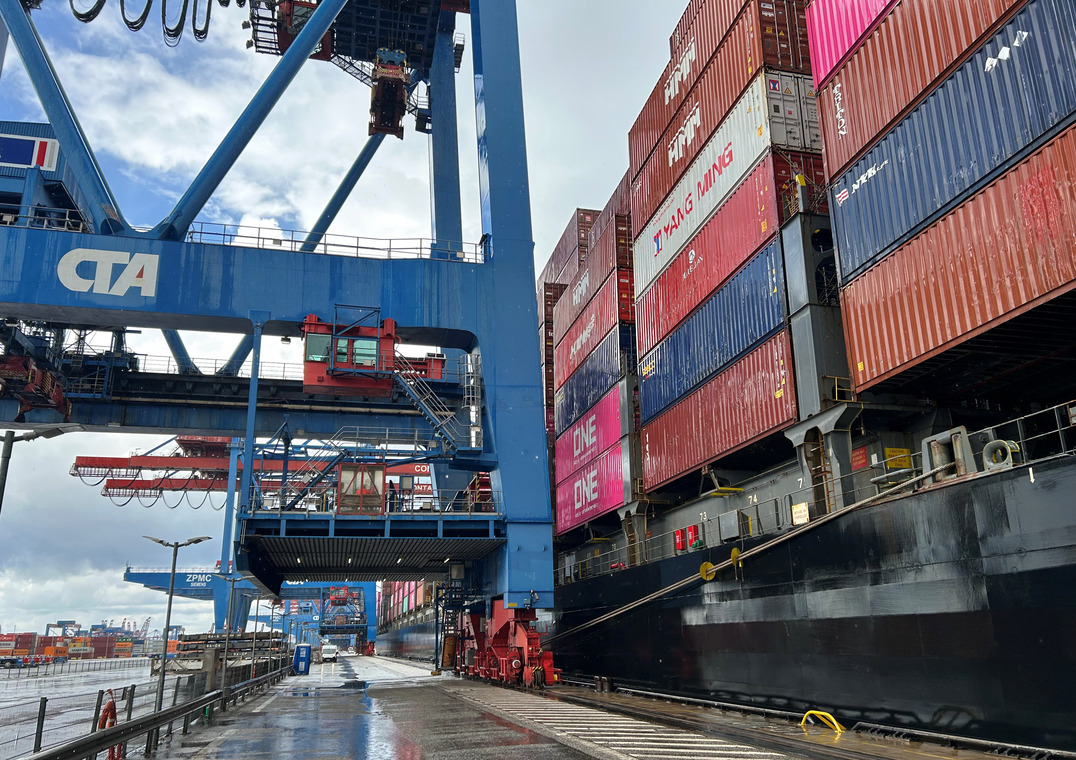Washington’s tariff strategy is once again putting German engineering in the crosshairs. According to the German Engineering Federation (VDMA), if the United States expands its list of products subject to steel and aluminum tariffs in December, as expected, as much as 56% of German and European industrial equipment exports to the U.S. could be affected – up from about 40% after the August revision. At YourDailyAnalysis, we see this not as another round of trade friction, but as a structural turning point – one where tariffs become a geopolitical tool for reshaping industrial influence between the world’s two largest manufacturing blocs.
The VDMA, representing more than 3,600 mechanical engineering and industrial design firms, warns that nearly every subsector – from energy machinery to aerospace components – could face import duties of up to 50% based on the steel and aluminum content of each product. Providing false or incomplete data on the origin or value of those materials could even trigger penalty tariffs of up to 200%. VDMA President Bertram Kawlath called the measures “an unfair game” and urged European Commission President Ursula von der Leyen to reopen tariff negotiations. We interpret this as a significant political signal: German industry no longer sees the current transatlantic trade agreement as stable or predictable, while Brussels faces direct pressure from manufacturers to take a harder line.
The U.S. Department of Commerce launched its tariff review process in October, with a decision expected within 60 days – meaning early December. The new framework not only raises import costs but also introduces exhaustive verification requirements for metal origins. This creates a double burden for German exporters: financial and administrative. Financially, tariffs raise the final price of machinery sold to the U.S., while administratively, companies must trace and document the source of every component containing steel or aluminum. In practice, each manufacturer now has to prove compliance with American “rules of origin,” often within extremely tight deadlines and without clear guidance.
The VDMA stresses that these measures will ultimately hurt both sides of the Atlantic. Much of U.S. manufacturing – especially in aerospace, defense, energy systems, and semiconductors – depends on high-precision German and European machinery. Rising import costs could delay modernization plans and create shortages of specialized equipment. At YourDailyAnalysis, we see this as a classic lose-lose scenario: in trying to protect its own metals industry, Washington risks undermining the competitiveness of its high-tech sectors.
Meanwhile, internal tensions are building within the European Union. Brussels is increasingly criticized for its soft approach toward Washington. The trade framework reached in July was meant to stabilize tariff levels and prevent escalation, but in practice, the U.S. has been adjusting the list of covered goods unilaterally, turning what was supposed to be predictability into a moving target. For Germany – whose export-oriented economy depends heavily on U.S. demand for industrial machinery – this means higher costs, reduced output, and growing pressure on employment in advanced manufacturing.
The broader issue goes beyond trade; it touches Europe’s industrial sovereignty. If tariffs remain in place, many European companies may relocate part of their production to the U.S. to avoid new duties, effectively weakening the EU’s own manufacturing base. For Washington, this would be a strategic victory – but for Berlin, it signals the potential hollowing out of key supply chains.
Over the coming weeks, the European Commission faces a critical choice: pursue a new framework deal with the U.S. or prepare countermeasures. We believe the EU will rely on the argument of mutual harm, highlighting that the tariffs will hurt American industries as well. Yet for German manufacturers, even temporary disruption translates into lost competitiveness, and the industry is demanding a swift, decisive political response.
In our view at Your Daily Analysis, this tariff escalation is no longer just a dispute over import duties – it’s a struggle for control over the geography of industrial production. The real question isn’t how much more a machine will cost to export, but where that machine will be built in the future – in Germany or in Ohio. And the way Brussels responds in December will determine whether Europe remains a center of manufacturing – or becomes a supplier of parts for someone else’s industrial strategy.















